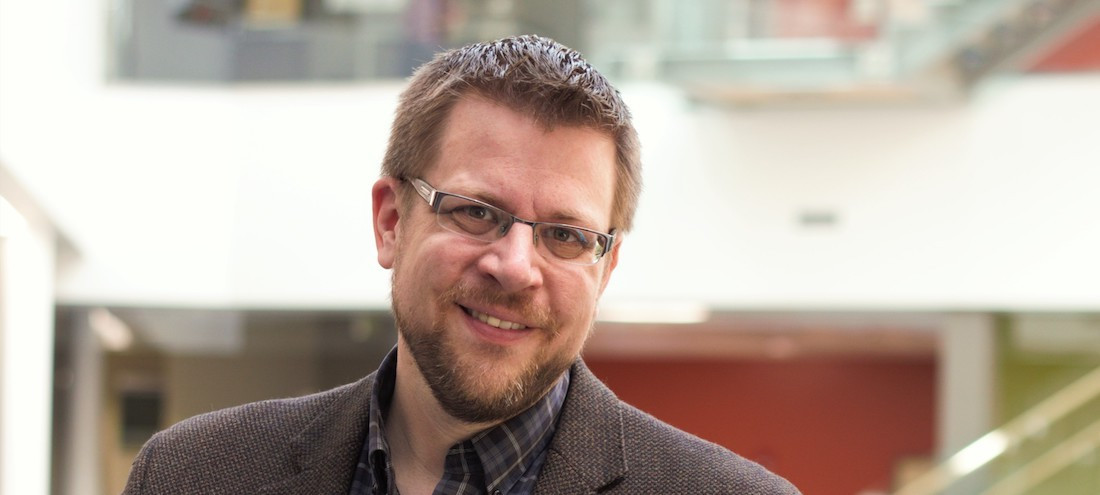Heavy metal discovery
University of Winnipeg researchers discover a new metallic material
A new material with both metallic and non-metallic properties was discovered by researchers at the University of Winnipeg (U of W).
The Quantum Materials Group, led by U of W professor Christopher Wiebe, published their findings on the synthesis of pyrochlore Lu2Rh2O7 in the npj Quantum Materials nature research journal.
Wiebe says the Quantum Materials Group actively looks for materials that have strange properties, such as new superconductors that conduct electricity with no resistance.
“We were looking at this material, because we had a hunch that it would have strange properties. We were expecting it to be a strange type of magnet, but the electric properties were unexpected,” he says.
Wiebe says new superconductor materials could be used to bring special equipment like MRI scanners places they wouldn’t otherwise be able to operate to provide services to those who don’t have access to them.
“If we were to discover a superconductor or a metal like the one we discovered, it would enable advances and accessibility to technology in other parts of the world. There are lots of applications that we think can happen, but it’s still in the early days (of the discovery),” Wiebe says.
The metallic material isn’t something that can be easily made, so there are limitations in some of the work that can be done with the new material.
“Some of my students actually travel to different labs across the world to use high-pressure equipment to synthesize materials,” Wiebe says. “We went to quite a few different locations to help us make this discovery.”
Wiebe credits fellow researcher and U of W alum Alannah Hallas, the leading author on the paper published in npj Quantum Materials. Hallas received a Vanier Scholarship in 2014 to complete her PhD at McMaster University.
Along with several other U of W students, the Quantum Materials Group collaborated with the University of Edinburgh, Columbia University, the University of Tennessee-Knoxville, McMaster University and the National Institute for Materials Science in Tsukuba, Japan to make this discovery.
Wiebe says discoveries such as this one are quite exciting for the scientific community both internationally and locally. Manitoba is being targeted by Research Canada as an area for growth, and more funding will go to quantum materials centres here.
“Usually when we get a funny reading, it’s something wrong with the equipment. Ninety-nine per cent of the time, it is your equipment or an incorrect calculation, but that one per cent is wonderful when it happens,” Wiebe says.
“It’s very rewarding to see students getting excited about it. I’ve been fortunate enough to have a few of those moments, but for the students, it’s their first time, and that often inspires them to take their work and run with it.”
Published in Volume 73, Number 23 of The Uniter (March 28, 2019)








